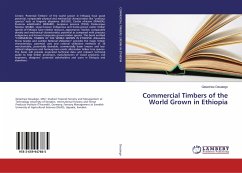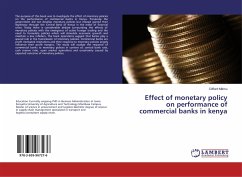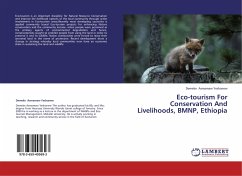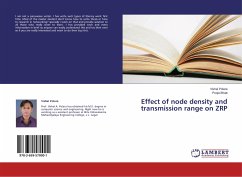
Commercial Timbers of the World Grown in Ethiopia
Versandkostenfrei!
Versandfertig in 6-10 Tagen
43,99 €
inkl. MwSt.

PAYBACK Punkte
22 °P sammeln!
Certain 'Potential Timbers' of the world grown in Ethiopia have good potential, comparable physical and mechanical characteristics like "precious species" such as Hagenia abyssinica (KOSSO), Cordia africana (WANZA), Pouteria adolifredrici (KERARO), Juniperus procera (TIDH), Podocarpus falcatus (ZIGBA). Lesser-known indigenous and home-grown exotic timber species of Ethiopia have relative resource, appearance, market, comparable density and mechanical characteristics potential as compared with precious indigenous and known temperate grown-timber species. This book entitled "COMMERCIAL TIMBERS O...
Certain 'Potential Timbers' of the world grown in Ethiopia have good potential, comparable physical and mechanical characteristics like "precious species" such as Hagenia abyssinica (KOSSO), Cordia africana (WANZA), Pouteria adolifredrici (KERARO), Juniperus procera (TIDH), Podocarpus falcatus (ZIGBA). Lesser-known indigenous and home-grown exotic timber species of Ethiopia have relative resource, appearance, market, comparable density and mechanical characteristics potential as compared with precious indigenous and known temperate grown-timber species. This book entitled "COMMERCIAL TIMBERS OF THE WORLD GROWN IN ETHIOPIA Allowable Stress Grades and Lumber Rational Utilization" provides the major timber characteristics, potential uses and rational utilization methods of 36 merchantable, potentially desirable, commercially lesser known and less-utilized indigenous and home-grown exotic alternative timber tree species. The book will provide organized technical data and relevant technical guide to help timber processors, manufacturers of wood products, civil engineers, designers' potential stakeholders and users in Ethiopia and elsewhere.












